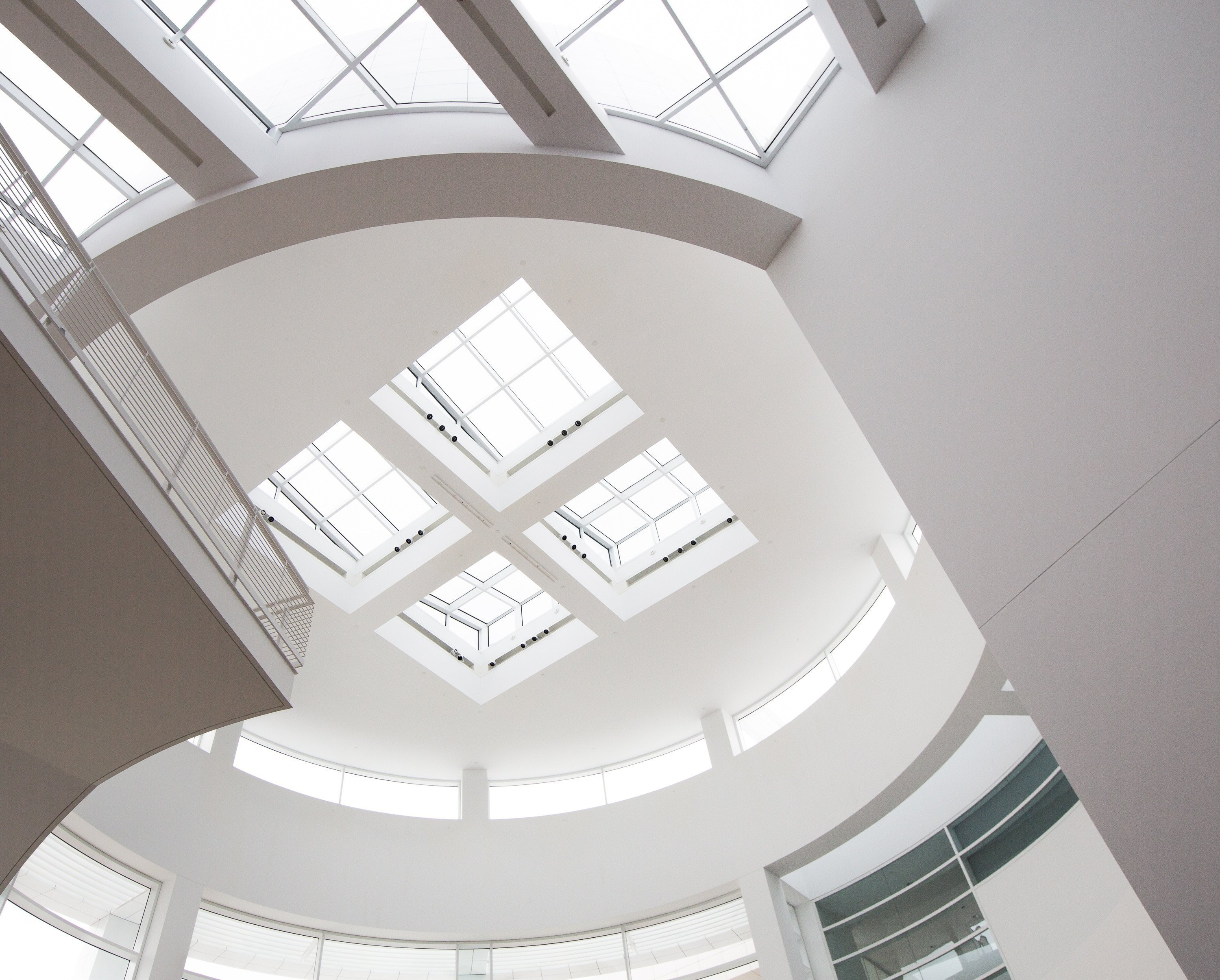
Most building occupants can agree, skylights can transform commercial buildings and suffuse interior spaces with all the benefits of warm, natural illumination. Despite the many benefits of commercial skylights, misperceptions about their durability and performance persist. Some myths founded initially in the realities of early iterations of skylights are quickly debunked by modern commercial skylights that boast new technologies and materials. Here are three common myths about commercial skylights and how today’s skylights prove them wrong.
They are leaky
A common refrain about commercial skylights is that they either lack a proper seal to the surrounding roof or curb or that the seal quickly deteriorates to allow water to leak into the interior of buildings. In the first place, often these “leaky” skylights were dripping condensation that had formed on the inside surface of the skylight due to the moist interior air reacting with surfaces subject to external temperatures. However, modern commercial skylights have been designed to confront this problem and utilize insulated glass, multiple domes isolating interior domes from external-facing domes, and encapsulating frames that can include condensation wicking systems and create a reliable barrier keeping outside precipitation from coming in. Additionally, frame varieties made from long-lasting material such as silicone that has a life-cycle of fifty years.
They are energy inefficient
Many building owners will opt out of commercial skylights due to the belief that they would exacerbate already sizeable HVAC utility costs. Certainly, some older skylights were subject to undesirable heat transfer, but the advancements in skylight technology have worked to mitigate this issue. Skylights have several glazing options that can manage heat transfer, while Low-E coatings help to reflect heat to its source, keeping buildings cool in the summer and warm in the winter. Simple structural innovations also increase the energy efficiency of skylights: venting skylights can let fresh air in and regulate internal temperatures in the same fashion as windows, and remote-operated blinds with reflective exterior-facing surfaces can also be used to minimize heat transfer.
They are easily damaged
After investing in the capital expense of commercial skylight installation, the last thing a building owner wants to have to do is replace or repair them due to damage. For buildings in areas prone to extreme weather such as hail and high winds, skylights can seem like an unnecessary risk. For this reason, modern skylights use materials engineered to withstand these types of forces. For example, the Velux Dynamic Dome skylight utilizes a geometric design and thermoplastic materials that have been factory tested to hold up to two-inch hail propelled at 88 miles per hour without scratching its surface.

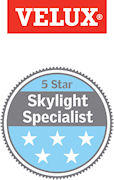
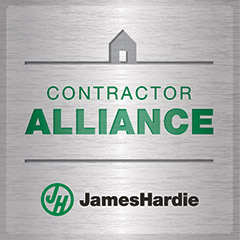
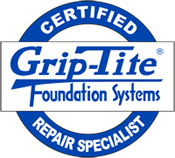
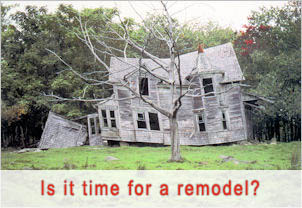
 based on
based on 

